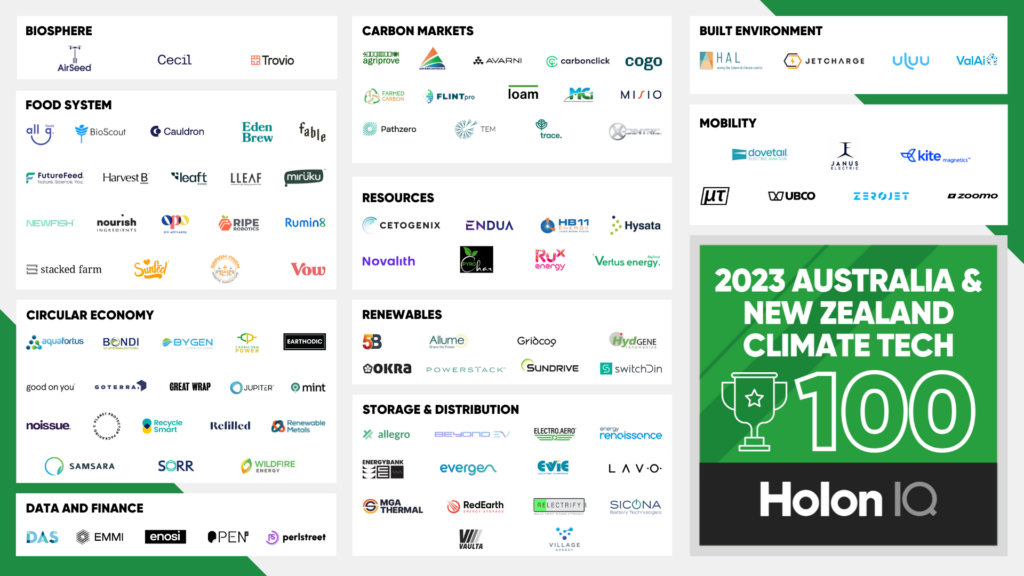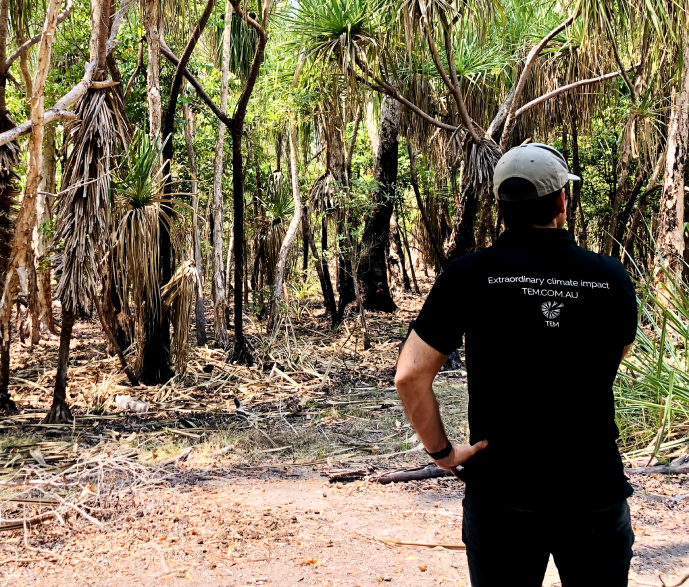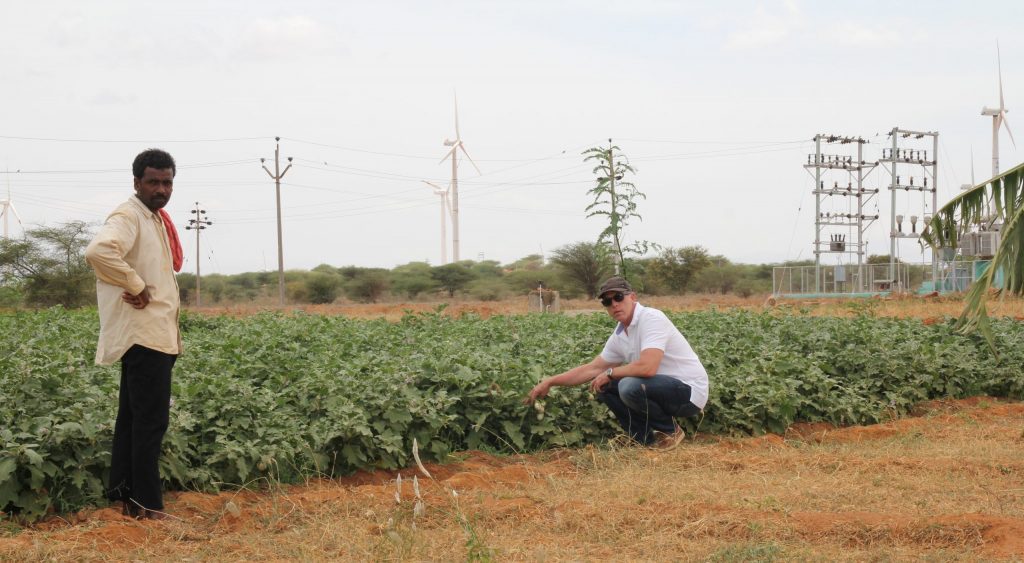When you choose to purchase offsets through TEM Online, you have the choice to retire the carbon credits you select “in your company’s specific name” or as part of our monthly “bulk retirement process”.
- Company-specific retirement (in your company’s name): In this instance we list your company’s name on the registry where your offsets/credits are retired. This is important if you are looking to achieve Climate Active certification (or similar) and might be important for some audit processes. We charge per project for retirement (included on your order form). Here’s an example of a Company-specific retirement for Pollination.
- “Bulk retirement”: If you don’t need a retirement certificate, we bulk retire for those that select this option in the month following your purchase. Your specific company won’t be mentioned, instead we retire for TEM Online customers in X Month. Here’s an example of a Bulk Retirement completed on behalf of several customers.
In both examples, we provide an easily accessible digital ledger on the TEM Online website.
Want to understand more?
We sat down with TEM’s Commercial & Sustainability Analyst Annabelle Gurney (pictured) to go a little deeper on the topic.

What does it mean to ‘retire’ or ‘cancel’ a carbon offset?
AG: In practice, retiring a carbon offset/credit means engaging in an irreversible transaction whereby the ‘owner’ of the offset (for example TEM) electronically transfers that offset into a ‘retirement account’ controlled by the regulatory body overseeing a particular registry. The retirement account is essentially an archive where all cancelled carbon offsets live.
Why is the retirement of offsets important?
AG: Until an offset is retired, it cannot be used by an organisation to make any carbon neutralising claims. This means that even though your company may have purchased carbon offsets, until those units are retired, you are not able to claim any emissions have been offset. This is primarily to avoid what is known as ‘double counting’. In the context of carbon markets, double counting is the threat that an offset might be used by multiple parties to neutralise different emissions or used by the same party to offset multiple emissions. The key thing to remember is that one offset = one tonne of carbon avoided or removed. By retiring an offset, the possibility of it being ‘re-used’ is avoided and therefore the integrity of the offset is preserved.
What is a retirement certificate and why do I need it?
AG: A retirement certificate is a certifiable record that the cancellation of an offset has taken place. Retirement certificates should always include a specific description of what emissions the offsets relate to, for example ‘Retired on behalf of X to offset their FY22 operational emissions’. This description is also important for avoidance of double counting, as it clearly states the parameters of the transaction. Additionally, the certificate should depict important information including; serial number ranges of the units offset, project name, vintage, beneficial owner etc. Certification bodies such as Climate Active will always require retirement certificates to validate that abatement has occurred and will not be double counted.
Having trouble deciding whether you need a retirement certificate? Drop us a line and we can discuss the option that works best for you.




















